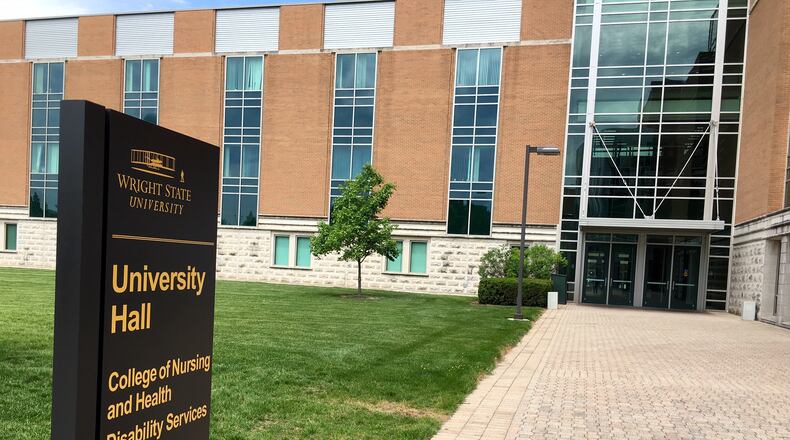“I think Wright State would benefit from a performance audit,” said Duffey, a Republican from Worthington. “Certainly, Wright State is on the short list of universities.”
WSU is in the midst of a budget crisis that led the university to eliminate 23 positions in October. Wright State officials have been looking for solutions as the school’s unrestricted reserve fund has dropped from more than $100 million in 2012 to $12.9 million as of June 30.
Wright State officials would not comment on the new law Friday.
While Duffey said Wright State was not the inspiration behind House Bill 384, he said a performance audit would be a “net positive” for the university.
“I think it would do a lot to provide some confidence in Wright State University if it were to come up clean,” Duffey said. “Or, if a few things come up, it gives people a few things to focus on.”
Yost’s office already conducts performance audits of state agencies, local governments and school districts. The audits have identified more than $228 million in potential savings.
In November, Yost and Ohio State University announced that OSU would undergo the first performance audit of a college in the state. The audit may focus on Ohio State’s information technology systems, vehicle fleet management, procurement system, food services and shared services, according to the university.
Ohio State President Michael Drake has said he would like the university to save money by identifying $200 million in efficiencies.
About the Author
